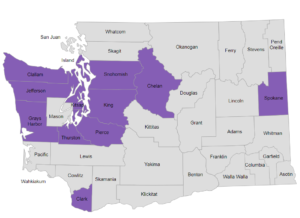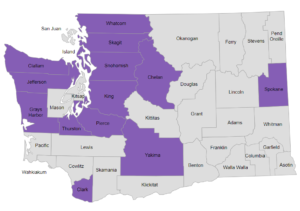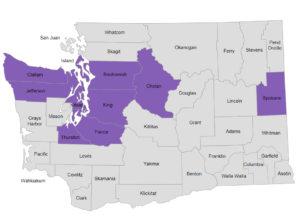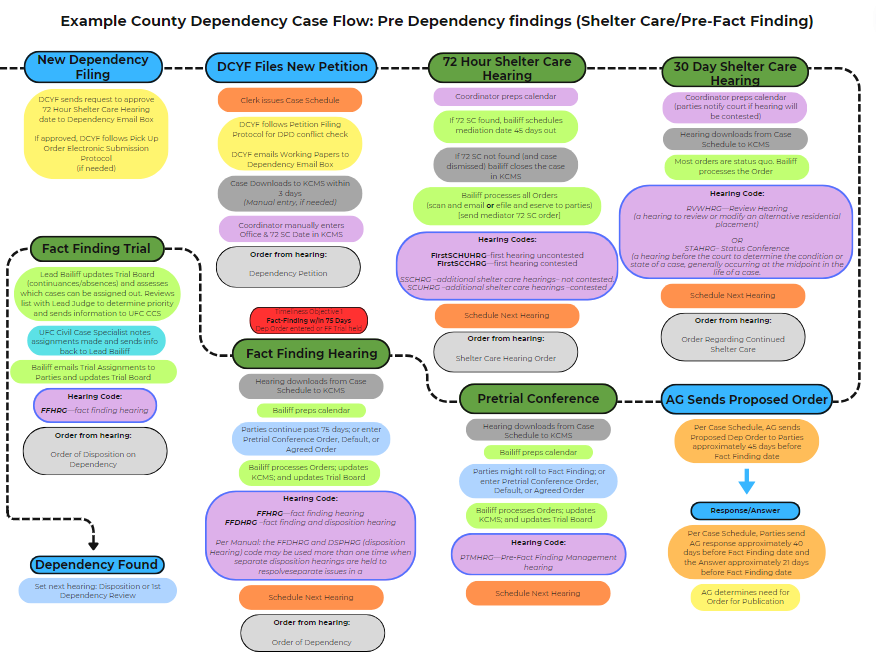We requested quotes and affirming messages from all of our courts and have put together this resource to add to your existing fishbowls or other positive reinforcement tools. You can download this list as an editable excel sheet, or as a printable pdf.
Using rewards to increase desired behavior is nothing new. In fact, the basis of therapeutic responses in our courts is a process called operant conditioning that was first used by behavioral scientists in 1937! You can read a little more about the four quadrant approach to behavior change in this set of slides developed by Meghan Fitzgerald, WA FTC training coordinator.
Fishbowls work because they give an immediate positive reward for behavior, but there is an additional motivation in that they may get the opportunity for a BIG reward. The unknown is part of the fun, and part of what helps to build new reward pathways.
This research paper on the effectiveness of fishbowls and candy bars as a reward in a type of treatment for stimulant use disorder, called contingency management, will give you a little insight on how this theory of behavior has developed and is used today.
The pdf below will give you more information and guidance about fishbowls, and hopefully seeing it in our meeting will motivate you to implement something similar in your courts.




